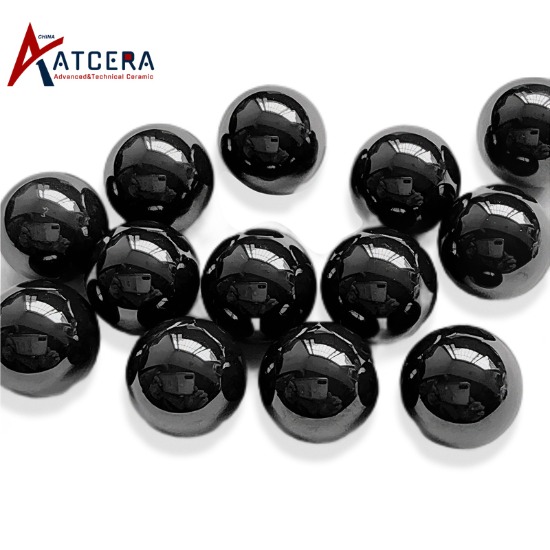Importance Of High-Precision Microwave Components In Modern Communication Tech?
With the rapid development of modern microwave communication technology, the design of microwave circuit components with high performance and high precision has become increasingly important. In microwave radio frequency (RF) modules, thin-film circuit technology has become a key design method with its unique advantages. In this paper, several thin film circuit components based on alumina substrate are introduced in detail, including thin film microstrip circuit, thin film filter, thin film load, thin film equalizer and thin film power divider. These components play an irreplaceable role in microwave circuits, and their design accuracy and performance directly affect the performance of the whole microwave system.

Applications of alumina substrate in circuit
1 Thin film microstrip circuit
Aluminum oxide ceramic substrate is used to design thin film microstrip circuit, the thickness of the gold layer can be up to 3.5um, and the metal wire bonding can be used to connect with the external circuit. The common plate thickness is 0.127mm, 0.254mm, 0.381mm, 0.508mm, and the transmission frequency can reach more than 40GHz. It meets the frequency band requirements of most microwave RF module modules, and the thin film circuit line accuracy of the thin film process is ±5um. The microwave RF field often uses ceramic substrates for microstrip transmission lines or circuit design with high precision.
2 Thin film filter
The frequency of the thin film filter made of alumina ceramic substrate can be as high as 40GHz, which is often used as a functional unit of frequency selection in various microwave module modules and systems. Thin film filter is processed by thin film technology, through sputtering, lithography, wet or dry etching, cleaning, slicing to obtain thin film filter substrate, common interfinger type, hairpin type, comb type, parallel coupling type, C-type and other structural filters can be designed based on alumina ceramic substrate processing, can be designed low pass high pass band pass band resistance and other different types of filters. Because the dielectric constant of the alumina ceramic sheet is greater than that of the general PCB substrate, the volume of the film filter made by the alumina ceramic sheet is smaller than that of the general microstrip filter, and the electrical parameters of the film filter made by the alumina ceramic sheet are good. It is usually fixed with conductive adhesive or gold tin eutectic.
3 Film load
The aluminum oxide ceramic substrate is used to design the thin film load, which is often used to match the terminal of the module assembly of the microwave circuit to absorb the excess reflected power. For the load, the machining accuracy of the resistance value is very important, and the greater the deviation, the worse the final load performance. Due to the controllable square resistance of the tantalum nitride film layer in the film process, the film load with high precision can be produced, and the film load volume is very small, which is a good choice for the miniaturization of component modules. It is usually fixed to the end of the circuit using conductive adhesive or gold tin eutectic.
4 Film equalizer
The thin-film equalizer is designed with alumina ceramic substrate, which is often used to adjust the broadband power flatness of microwave circuits. The output waveform of the device is adjusted by changing the square resistance of the integrated tantalum nitride film layer and the different resistance values of the graphic design, so as to balance the power signal at the front end to achieve the power flatness adjustment effect.
5 Film power divider
The thin-film power divider designed with alumina ceramic substrate is often used in the multi-channel communication network system. It has the function of power distribution according to a certain proportion, with one input and multiple output. Since the isolation resistor can be integrated into the thin film circuit using the tantalum nitride film layer to design a suitable resistance value, this can avoid the deterioration of the circuit performance due to the welding of the patch resistance of the microstrip power divider and the instability of the resistance value of the patch resistor, and the thin film power divider is easier to achieve the multi-stage ultra-wideband design, and the designed object is small in size, easy to integrate and good in performance.
In summary, alumina ceramic substrate plays a crucial role in the design of thin-film circuit components. From thin film microstrip circuit to thin film power distributor, these components not only meet the requirements of high precision and high frequency of microwave RF modules, but also realize the miniaturization and high performance of the components. Through the precise control of thin film technology, we can obtain thin film circuit components with excellent electrical parameters, which further improves the overall performance of microwave systems. In the future, with the continuous progress of microwave communication technology, thin film circuit components based on alumina ceramic substrates will continue to play a greater role in the microwave field, contributing to the development of wireless communication, radar detection and other fields.











